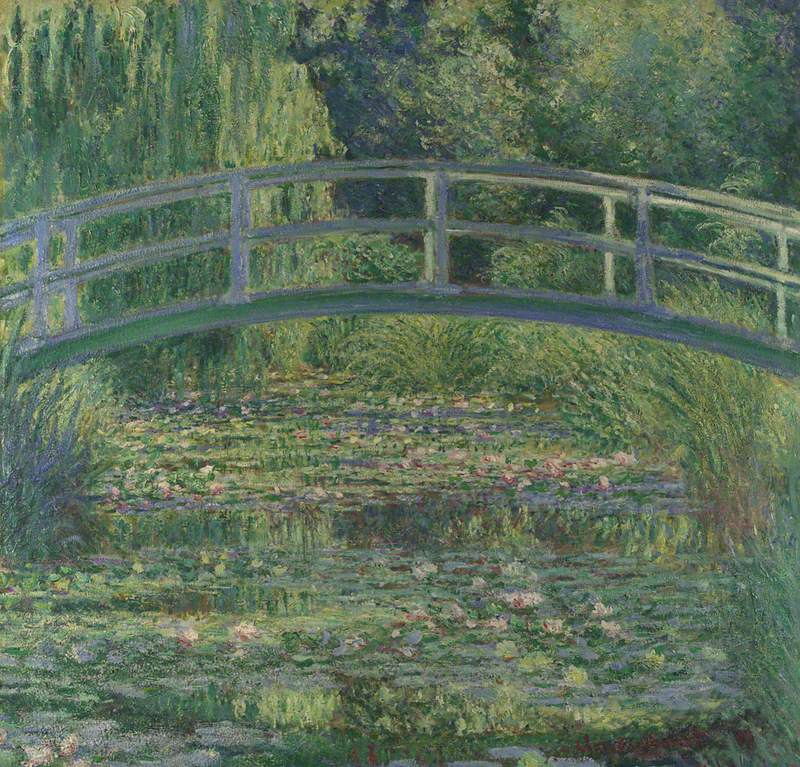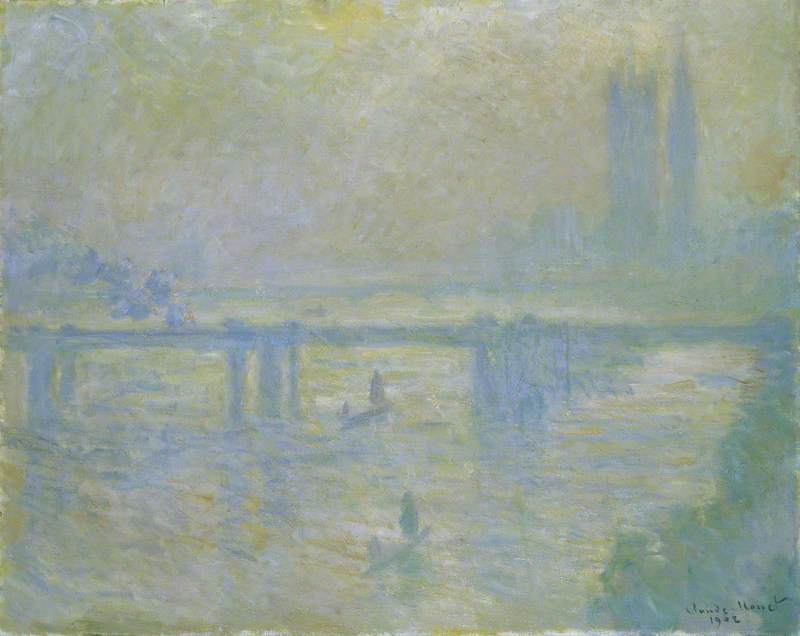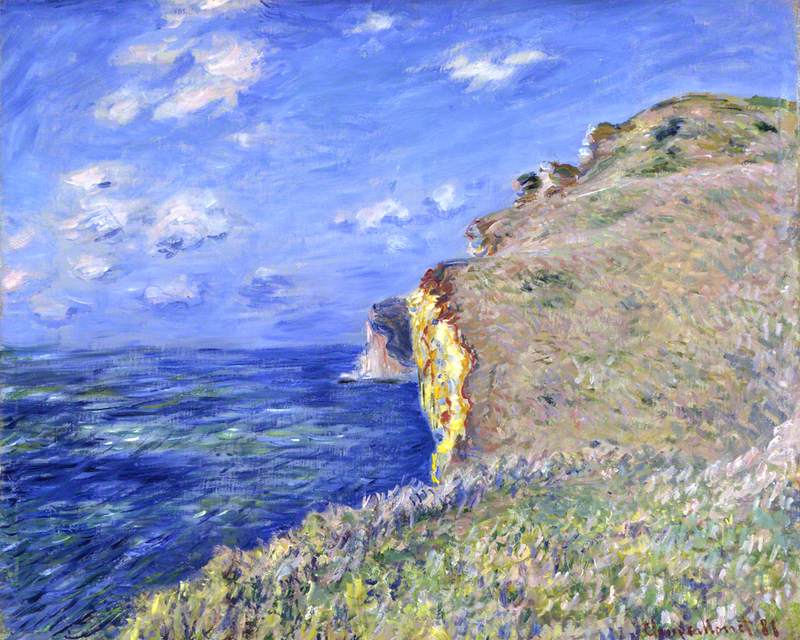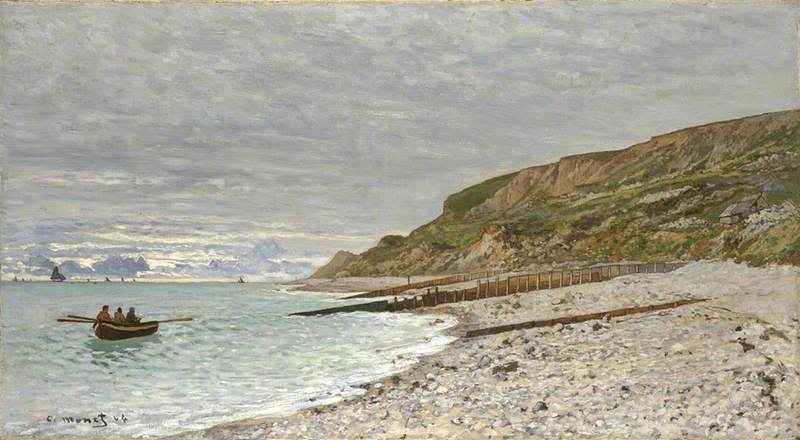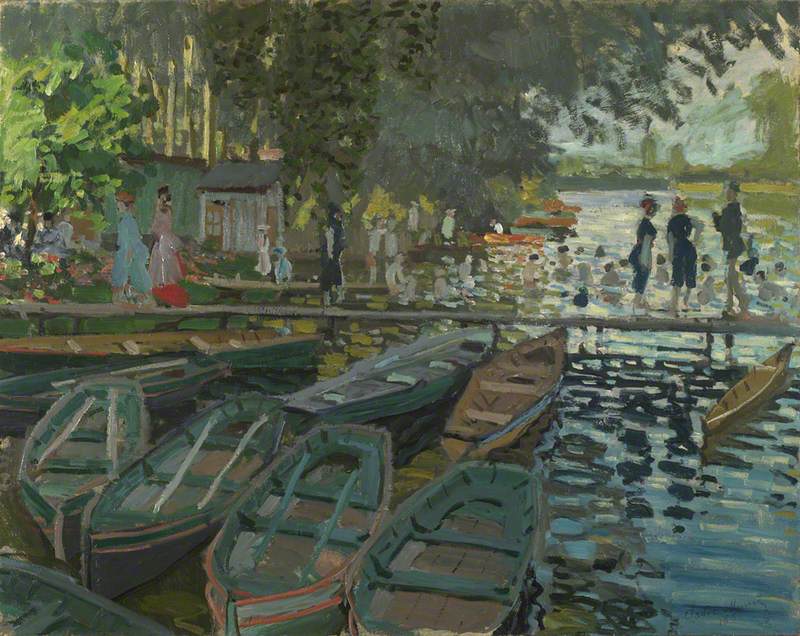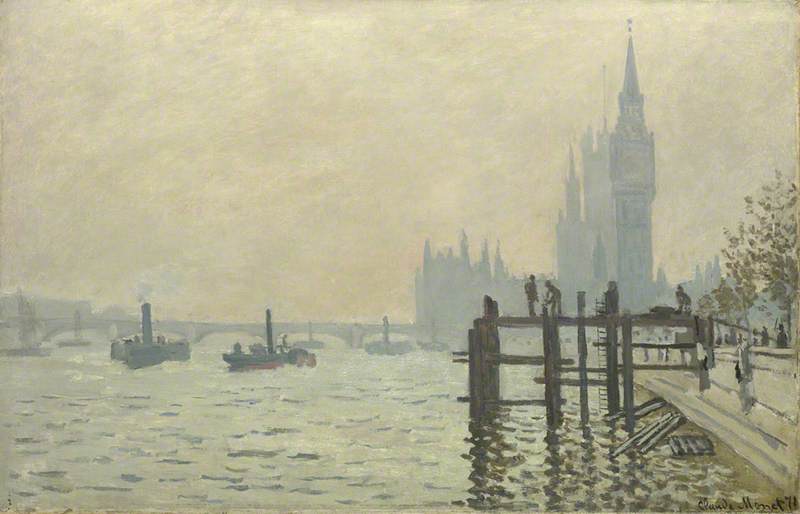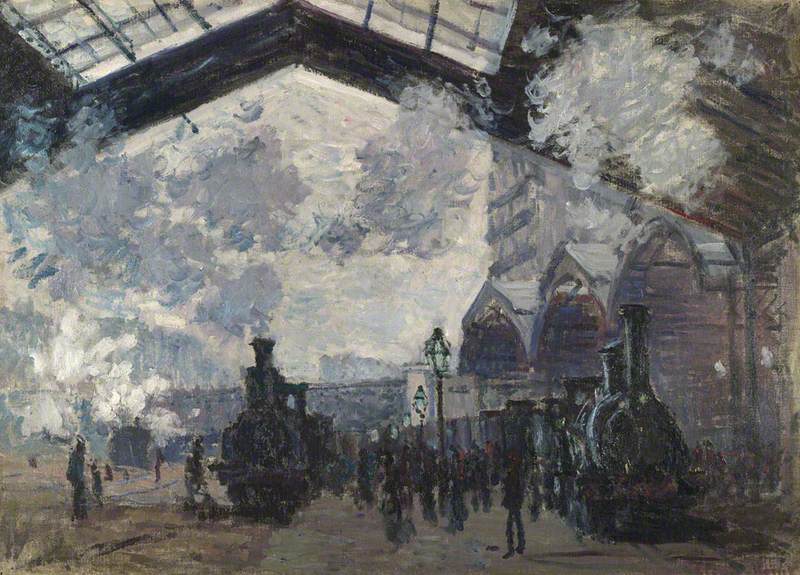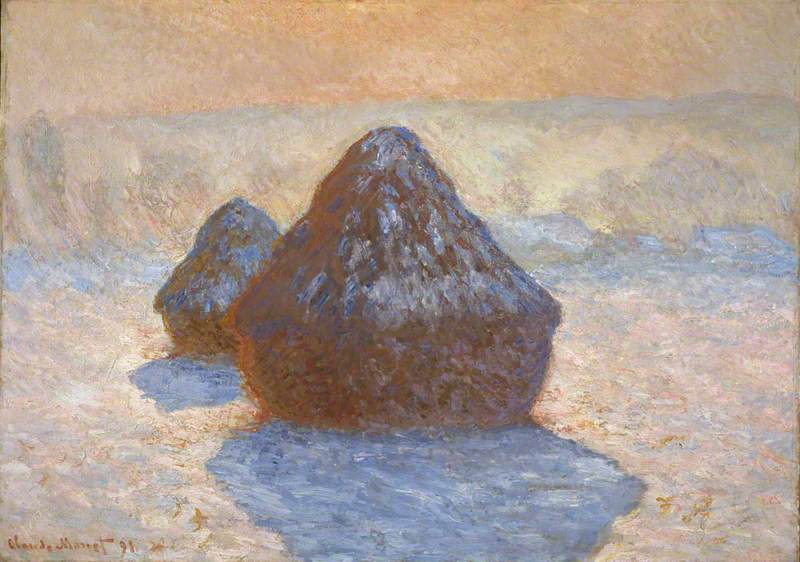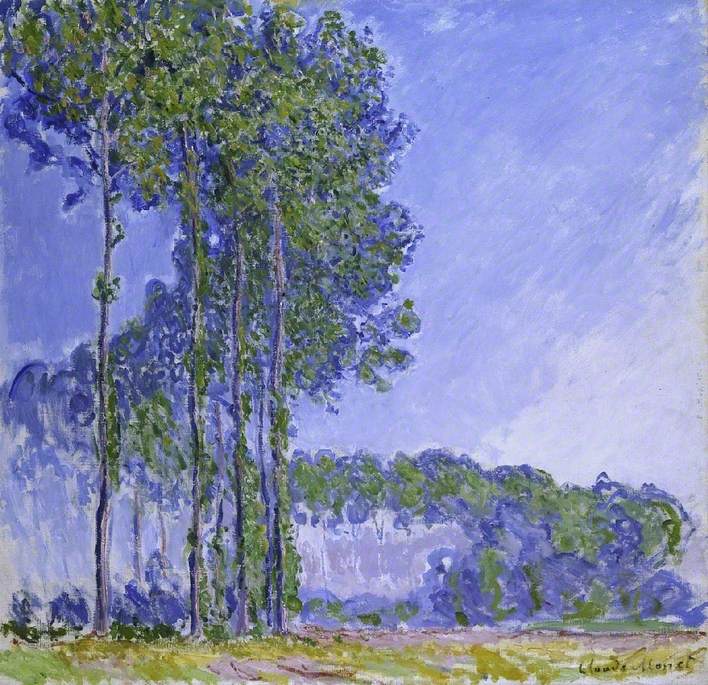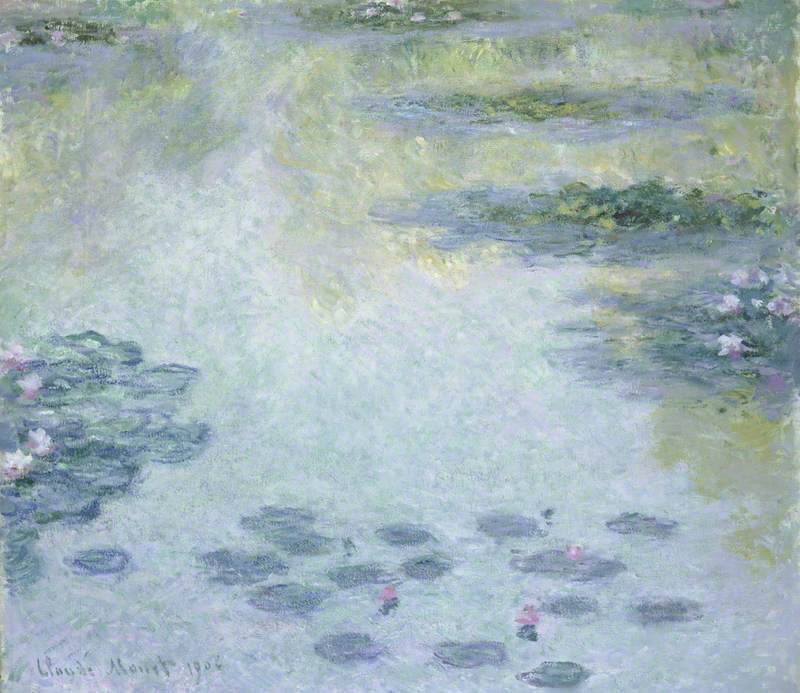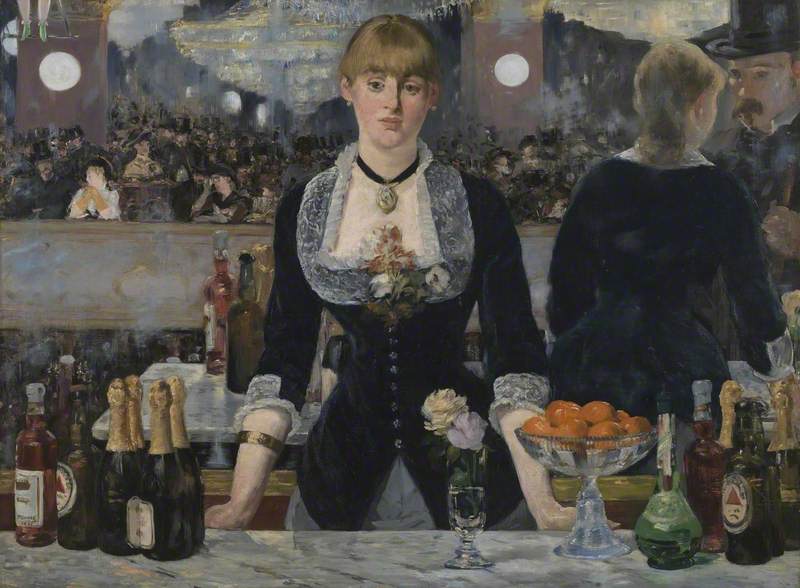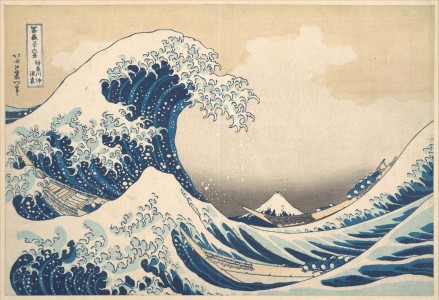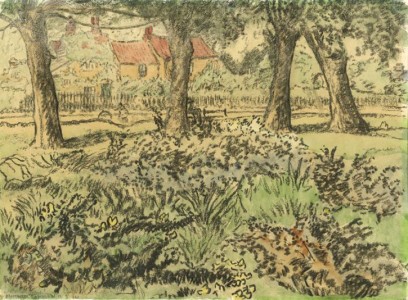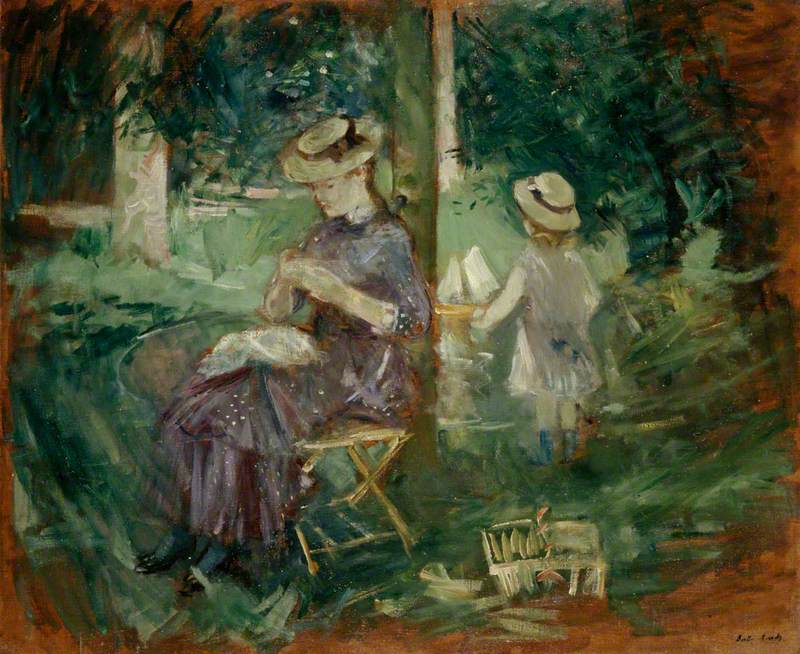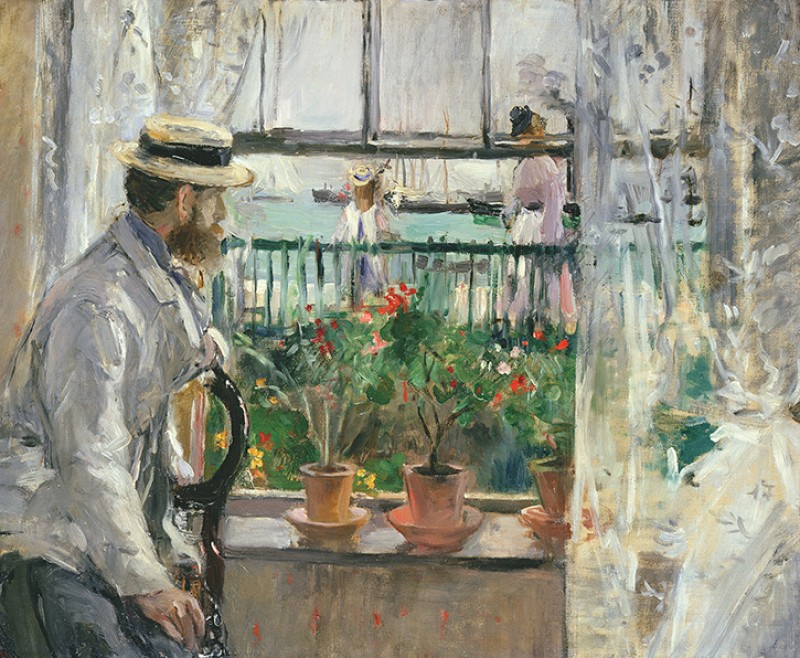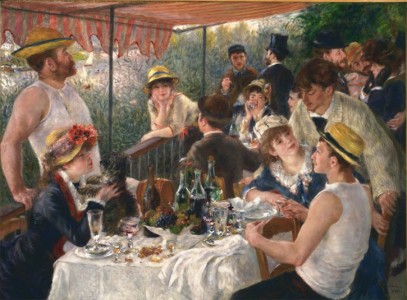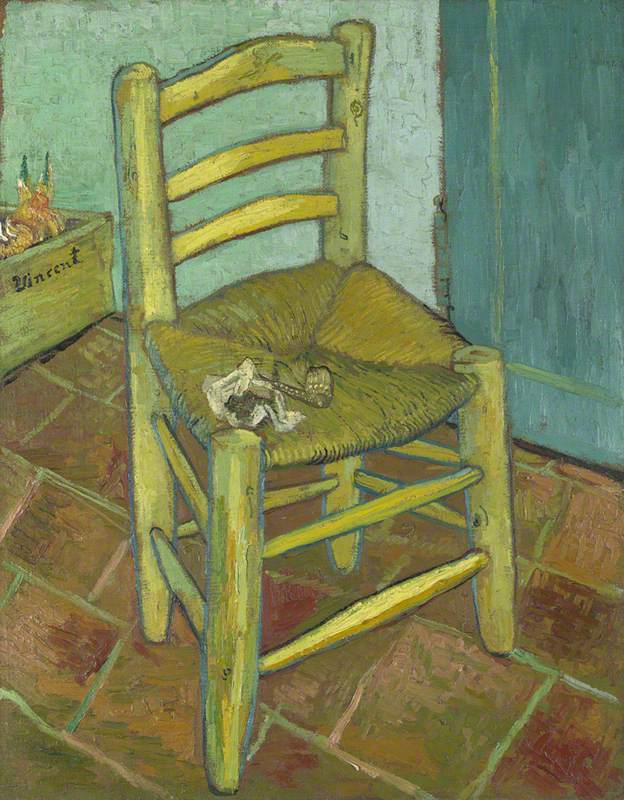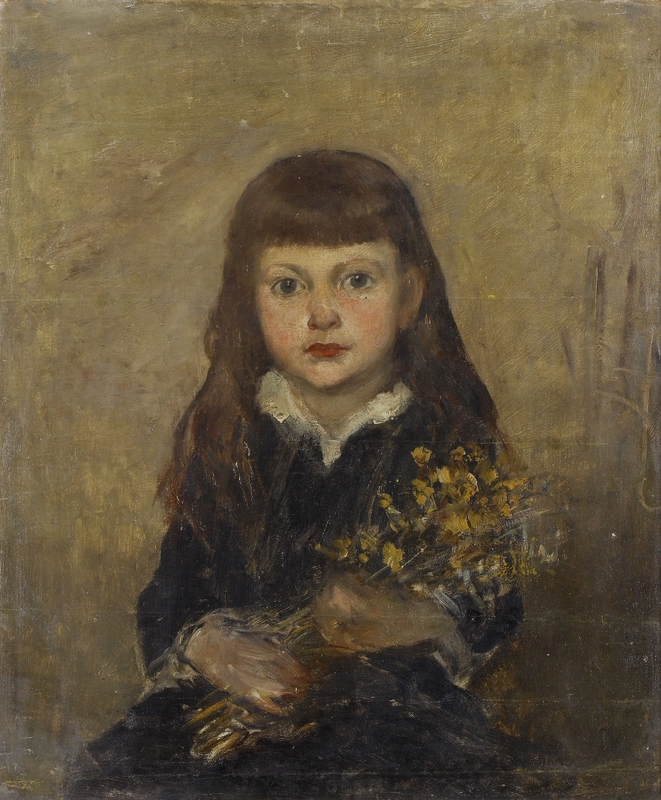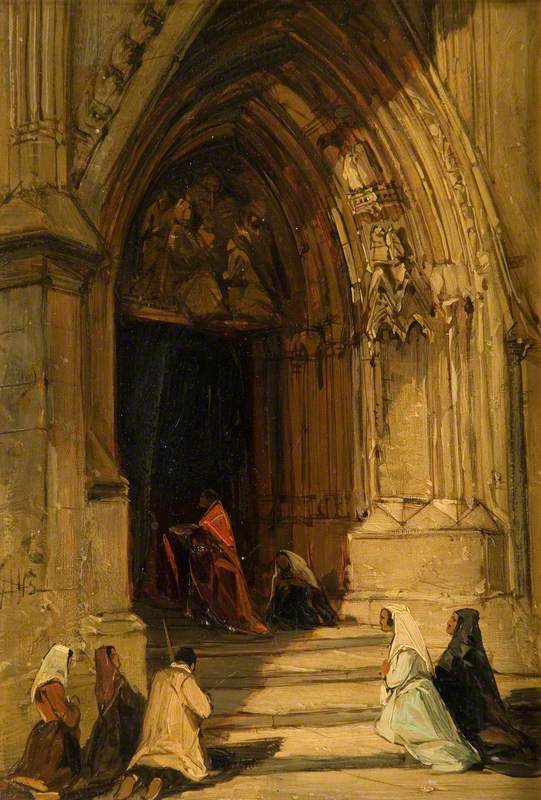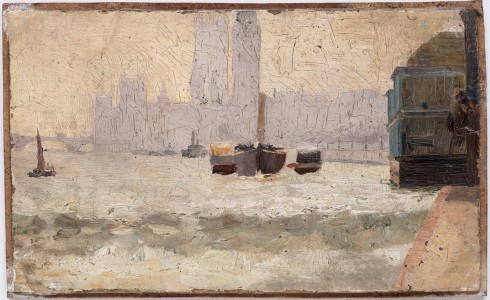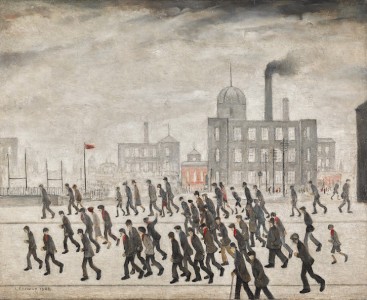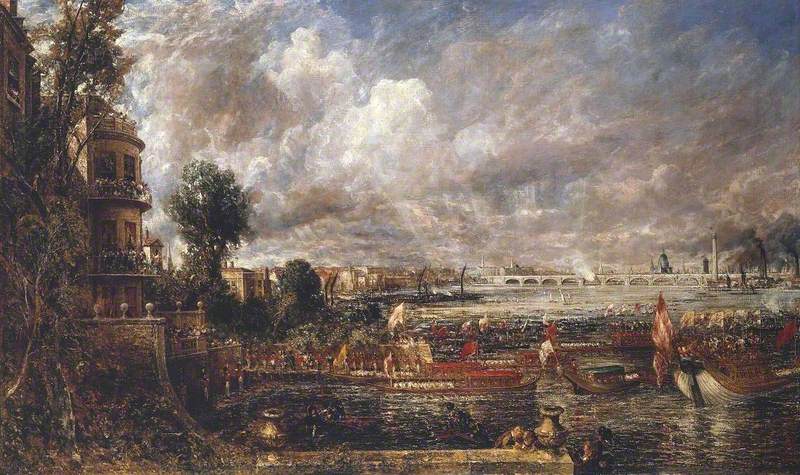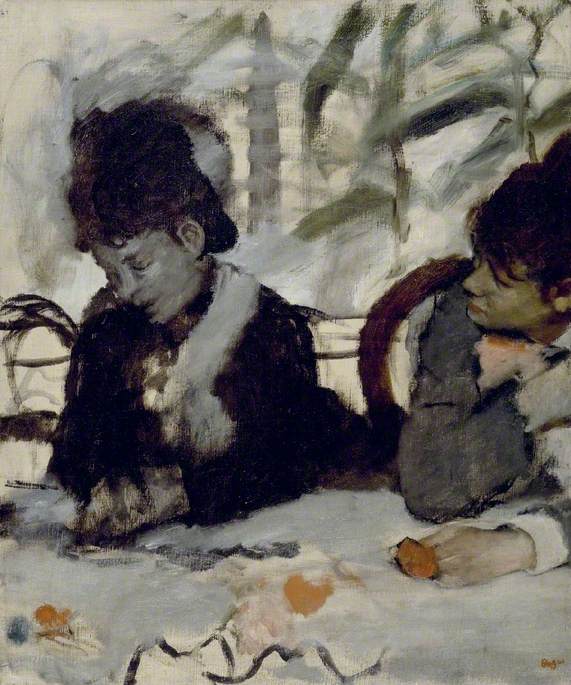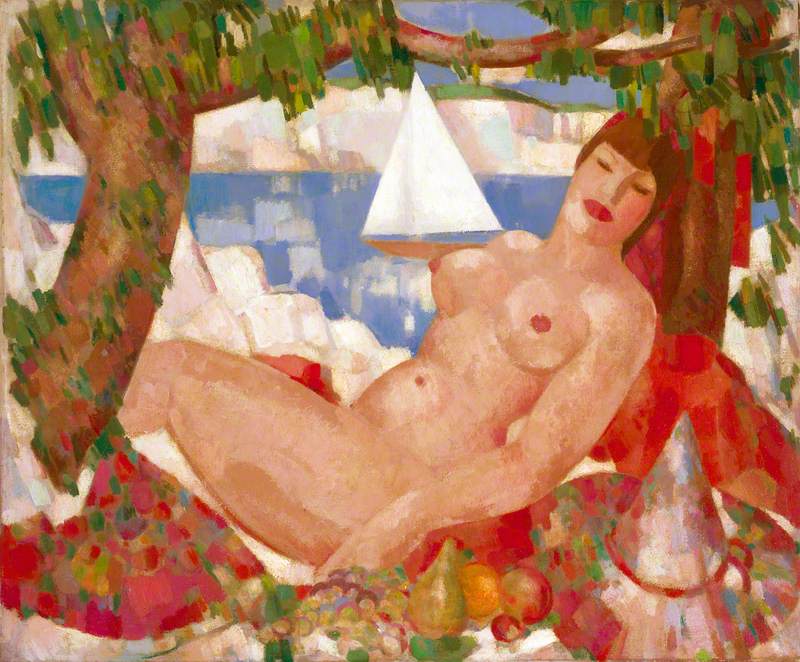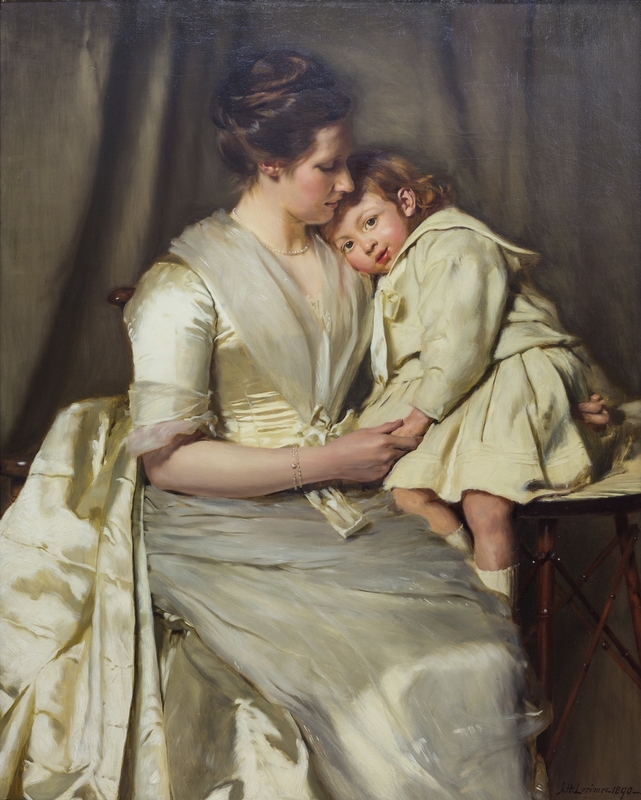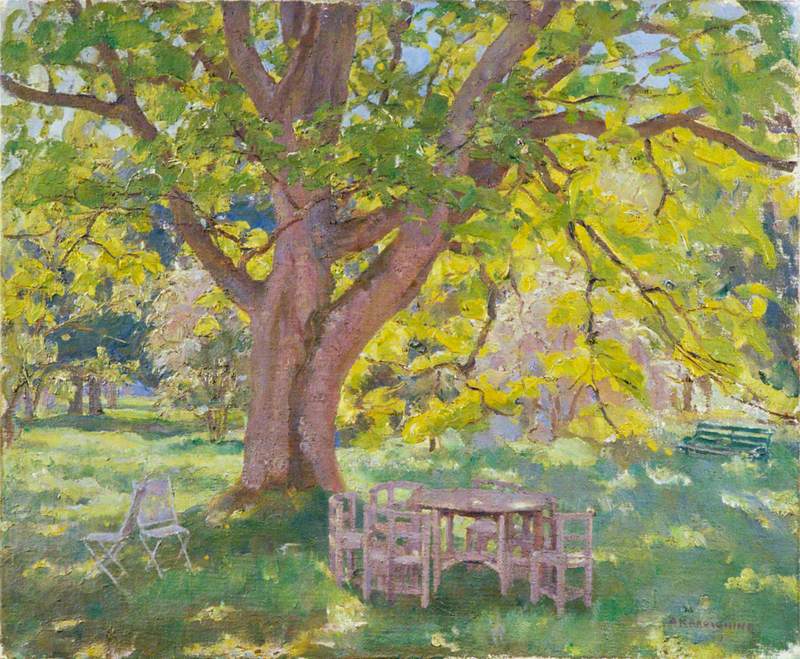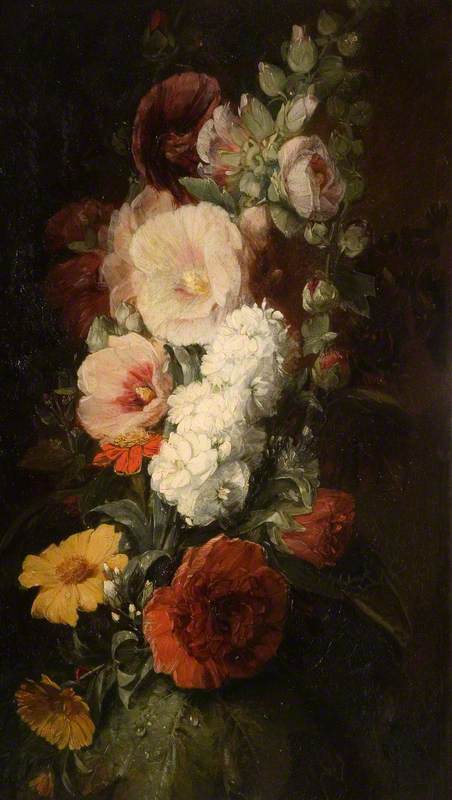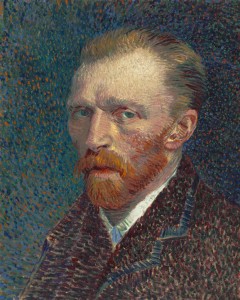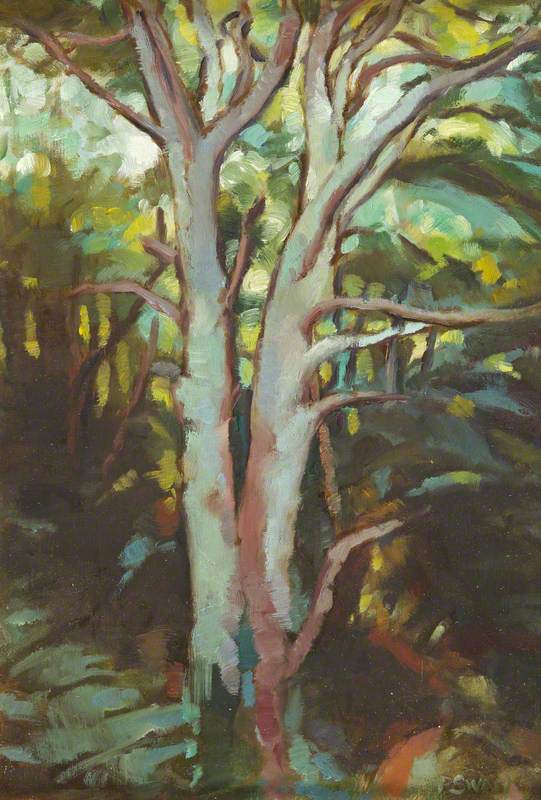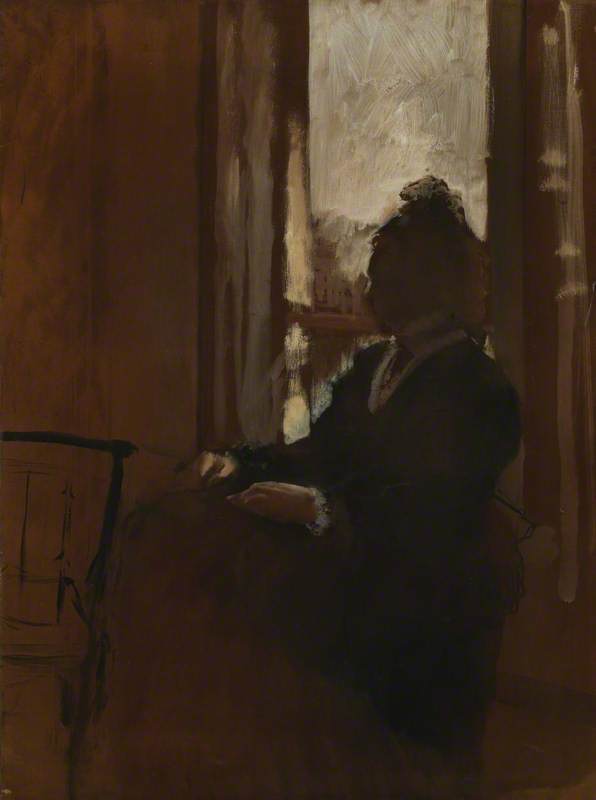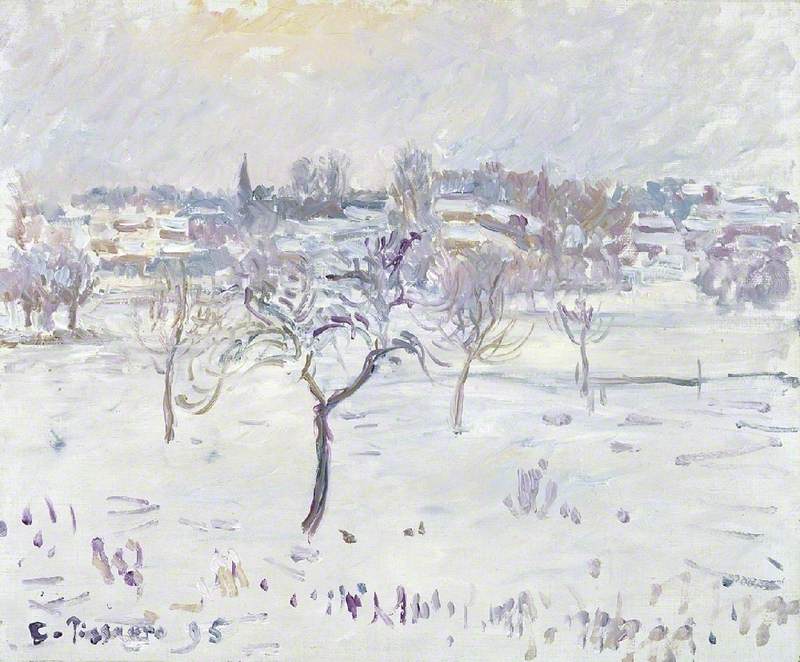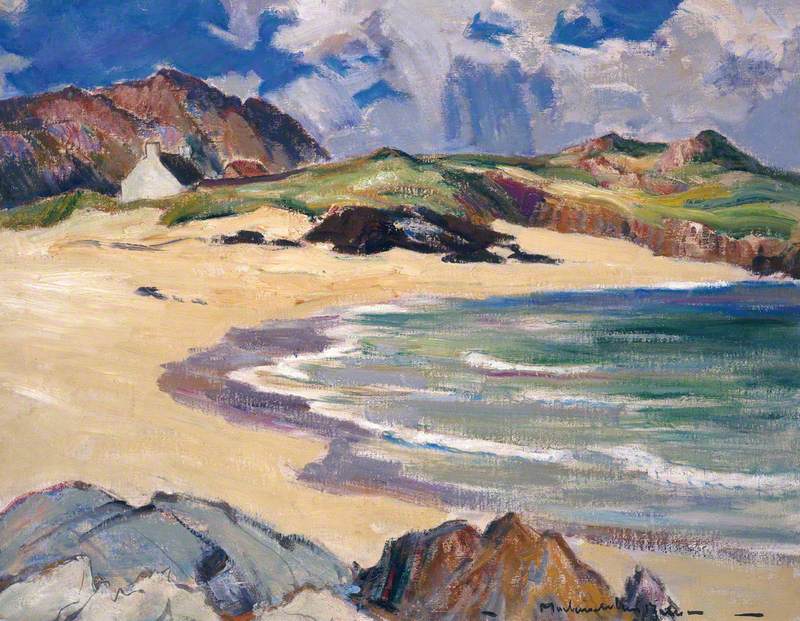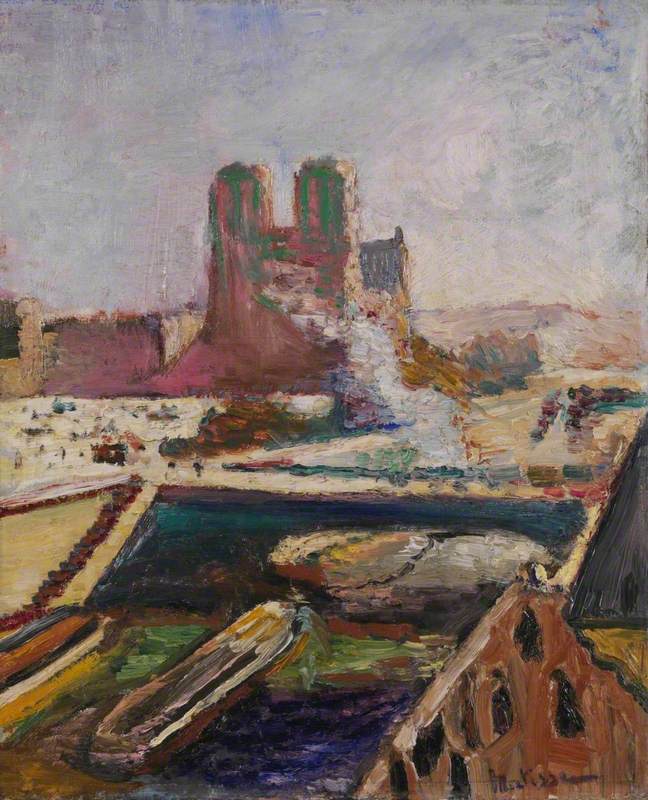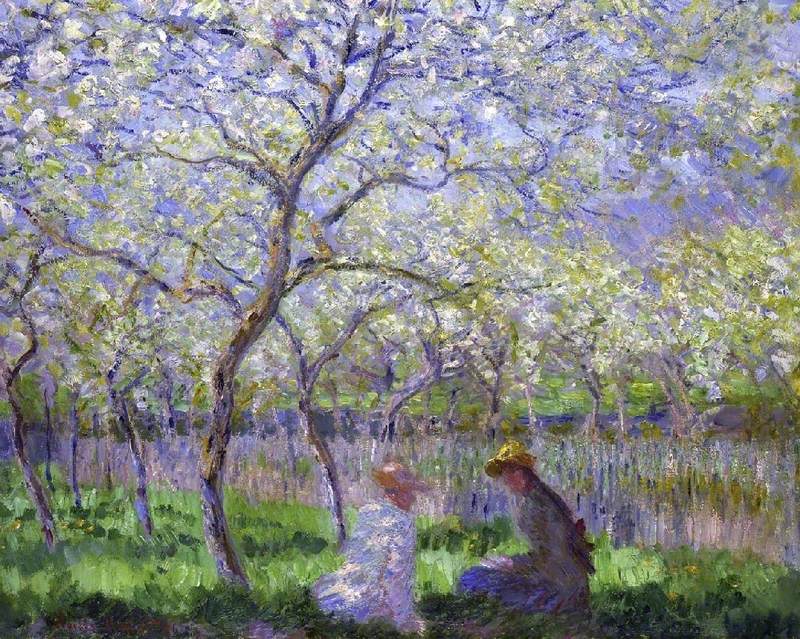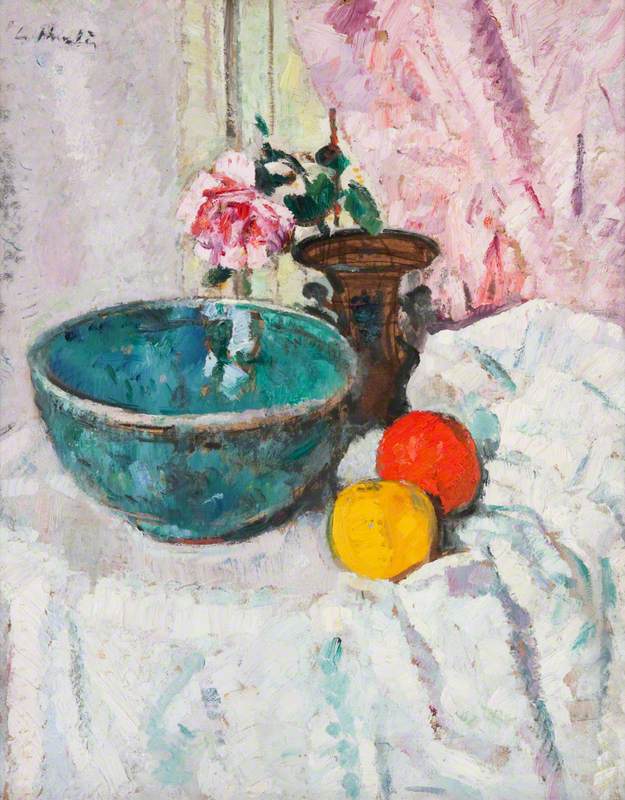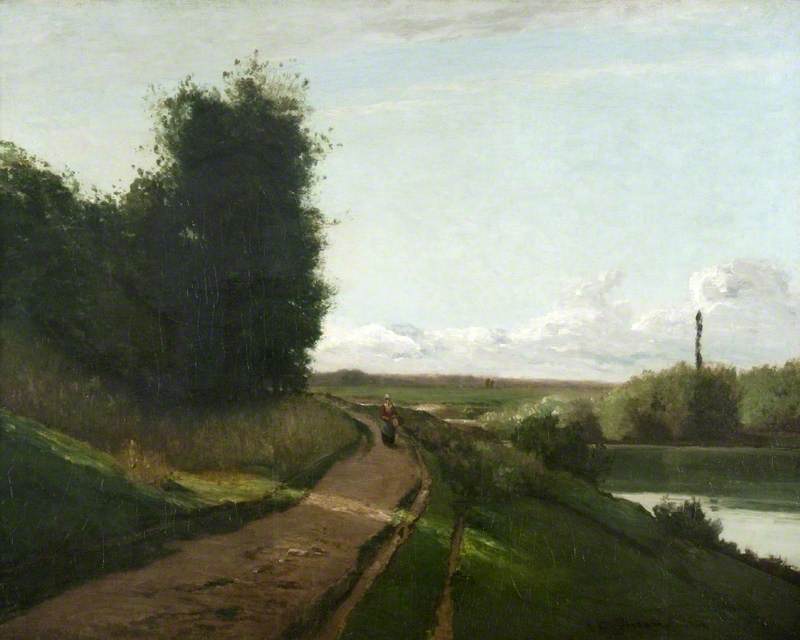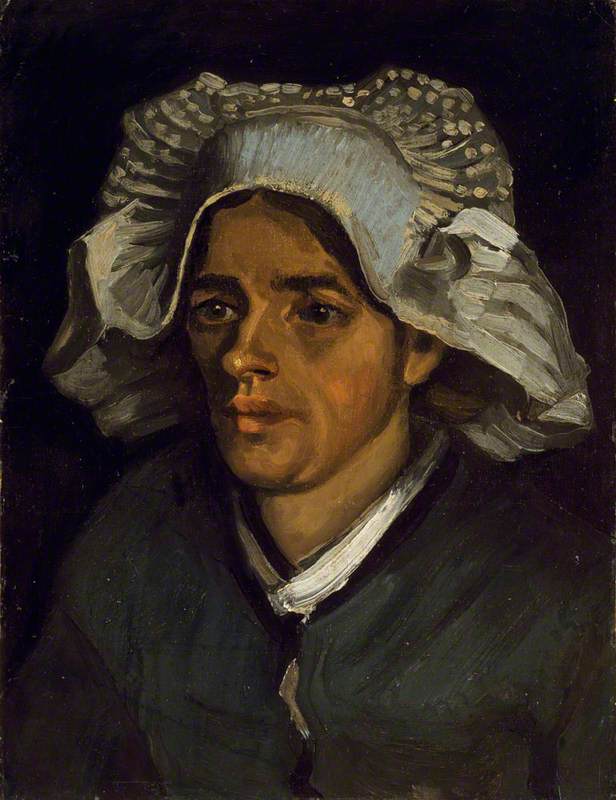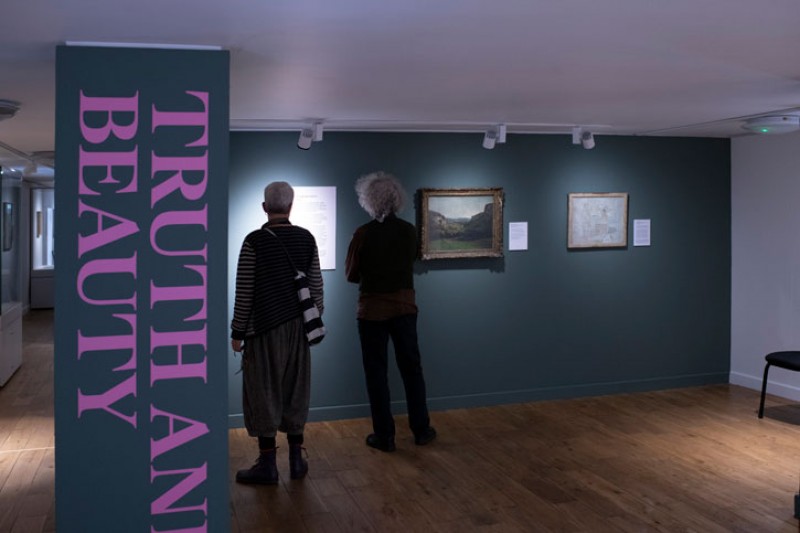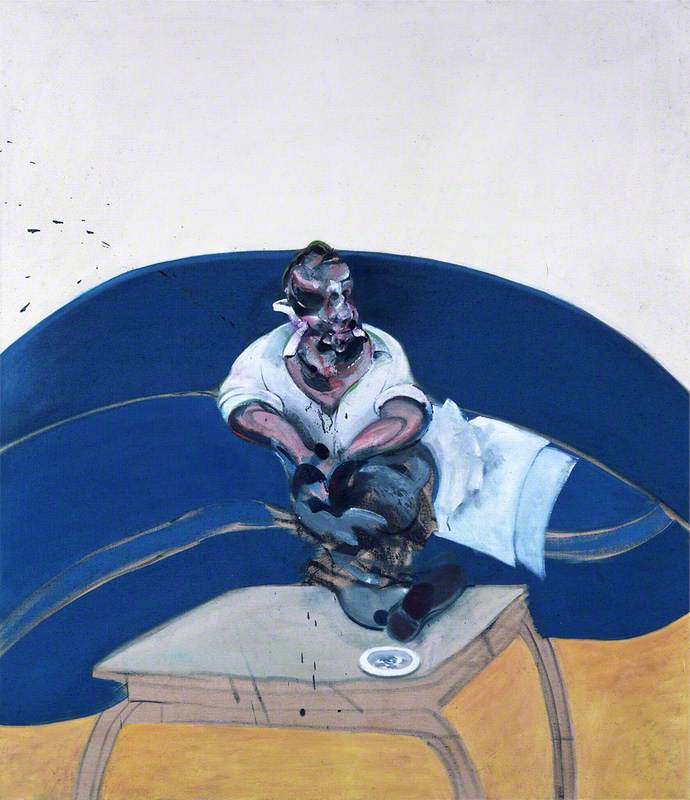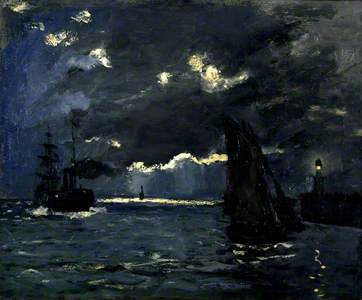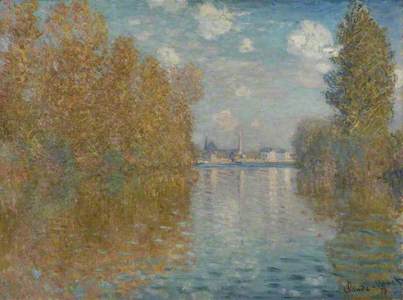Claude Monet is the best-known of the French Impressionist painters and the one who remained most faithful to the movement throughout his life. It was one of his paintings that provided the name of the group, at the heart of which were Monet, Renoir, Sisley and Camille Pissarro.
Impressionism developed out of the naturalistic landscape tradition of early-nineteenth-century France and the style came to dominate mainstream European landscape painting, amateur and professional, well into the twentieth century.
Monet was born in 1840, the eldest son of a grocer who moved from Paris to Le Havre when Claude was five. The sea remained an important subject for him. A talented caricaturist as a teenager, he was persuaded by Eugène Boudin to try painting in the open air, not only sketches but finished paintings. This was a revolutionary idea in the late 1850s. Monet's parents encouraged him to study in Paris, where he met the Dutch painter Jongkind, who reinforced his devotion to nature.
Studying in Charles Gleyre's traditional studio, Monet's fellow pupils included Renoir, Sisley and Bazille. Through Bazille he was able to study works by Courbet, Delacroix, Corot, Millet and other important modern French artists.
He became aware of the work of Manet, who was the answer to the poet Baudelaire's call for 'a painter of modern life', and of the artists rejected by the Salon of 1863, who exhibited at the first 'Salon des Refusés'. La Pointe de la Hève, Sainte-Adresse dates from this time.
On their painting trips, Monet and his friends discussed their artistic principles, how far they should conform to reality and the importance of painting under different weather conditions and times of day. Monet insisted on posing and painting his figures outdoors rather than in the studio. Although his work began to be exhibited occasionally at the Salon, his parents frequently cut his allowance, his eyesight was troubling him and he and his friends were living in poverty.
Monet and Renoir were particularly close at this time, the later 1860s and early 1870s, developing urban subjects and painting side by side.
The Franco-Prussian war of 1870–1871 led to a flight to England and Monet, Pissarro and Daubigny painted together in and around London. The notorious foggy atmosphere of the city was particularly attractive to them, as seen in The Thames below Westminster.
Back in France, this group, together with others such as Boudin, Degas, Cézanne and Berthe Morisot, decided to organise an independent exhibition alongside the Salon. In their exhibition in 1874, the first of eight, it was Monet's Impression, Sunrise that inspired a critic, mockingly, to call the group 'Impressionists'.
In the 1870s, Monet and the Impressionists developed a more broken manner, using brighter colours, in smaller dabs; outlines became less important, and local colours more so. Monet's masterpieces of these years are his Gare St-Lazare series of 1876–1878, but Monet was now at his poorest, a result of the long post-war depression and the continuing lack of a public for his art.
His wife Camille died in 1879 and, in addition, the group was beginning to fracture, as the styles of the original members moved apart and new members such as Gauguin and Seurat, with very different ideas, joined.
Monet was the least intellectual of the Impressionists and the most directly responsive to nature. But in the 1880s, even he was influenced by the scientific colour theories that inspired the Neo-Impressionism of Seurat, Signac and Pissarro. His most long-lasting response, however, was to be true to himself and to plan series of canvases of the same subject, each devoted to a different light or time of day.
San Giorgio Maggiore by Twilight
1908
Claude Monet (1840–1926) 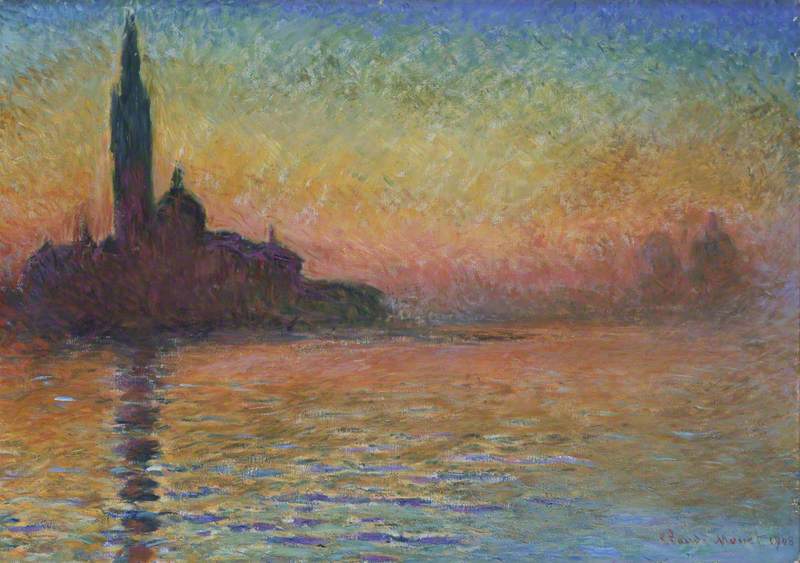
No longer avant-garde, Monet's reputation was now rising among the wider public as it fell in artistic circles. In 1889 he held a joint exhibition with the sculptor Rodin, and finally in the 1890s he began to enjoy a comfortable income, being particularly popular in the United States.
Monet made a series of 15 paintings of haystacks and six of poplar trees on the river Epte in 1890–1891.
His famous series of the facade of Rouen Cathedral in 1892–1894, with their lack of sky and foreground, are almost abstract in effect.
Rouen Cathedral: Setting Sun (Symphony in Pink and Grey)
1892–1894
Claude Monet (1840–1926) 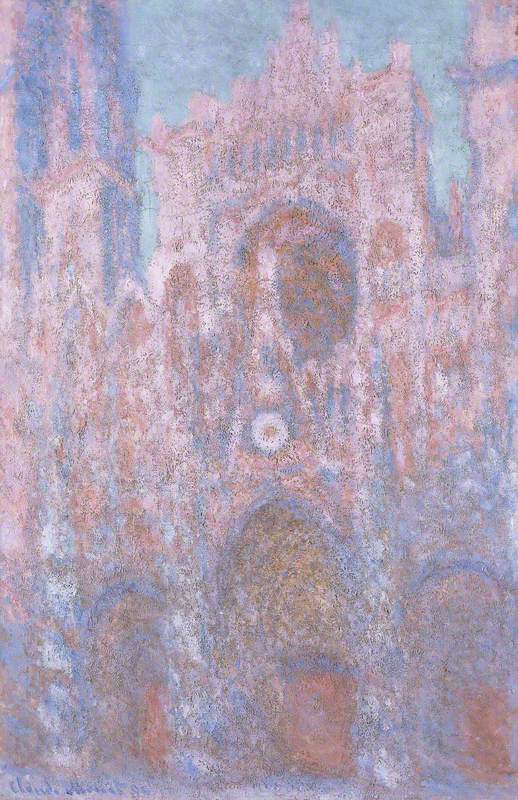
He painted over 100 canvases of the Thames in 1900–1904 and began the views of the Waterlilies in his water garden at Giverny.
He worked on these, suffering from cataracts, until his death in 1926, by which time he was a national treasure.
Andrew Greg, National Inventory Research Project, University of Glasgow
